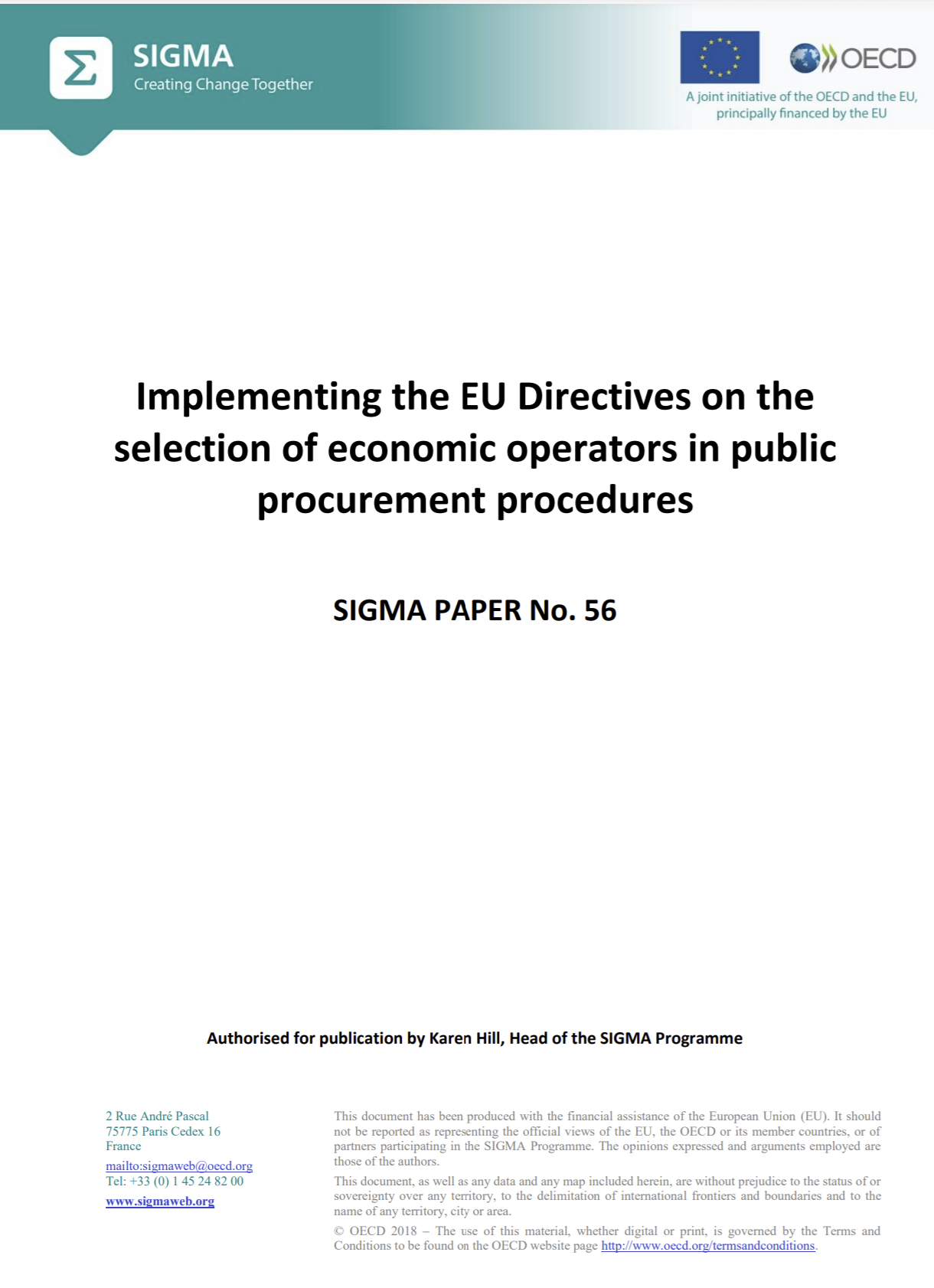Implementing the EU Directives on the selection of economic operators in public procurement procedures

This paper analyzes performance differences between private and state-owned banks in sixteen countries in East Asia from 1989 to 2004. Cash flow and accounting based measures are used as analytical tools to compare both subdivisions of banks. The authors find that, before 2001, state-owned banks held less capital, operated with less provit and had a greater credit risk when compared to privately-owned banks; these differences are more pronounced in countries with greater government involvement in the banking sector. The contrast between countries with greater government involvement in the banking sectors and those that are not is sharpest the four years following the Asian Financial Crisis. Another finding in the paper is that governments heavily involved in the banking sector receive more financing from state-owned banks than privately-held banks. The findings in this paper can be condensed to the hypotheses by Shleifer and Vishny on corporate governance theory on government ownership of banks, and Kane's model of life-cycle model f a regulation-induced banking crisis.



